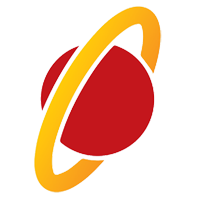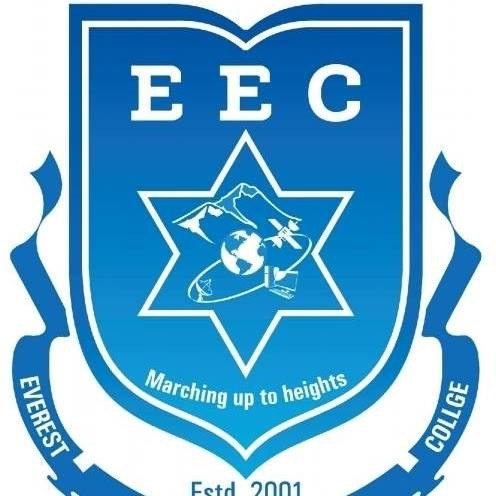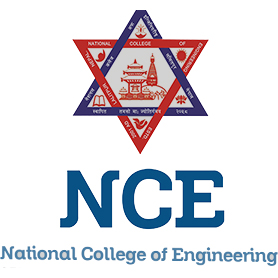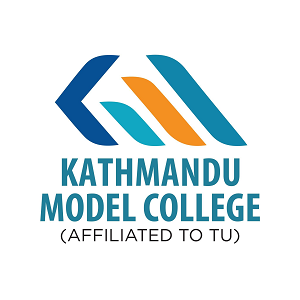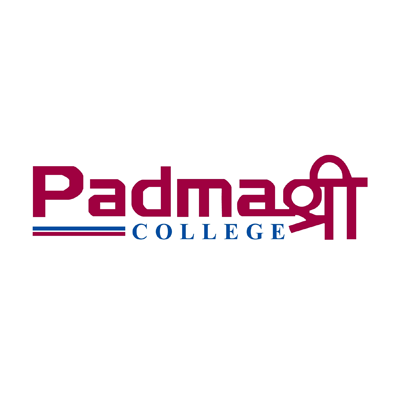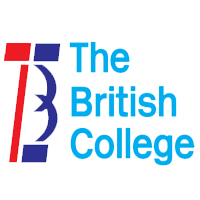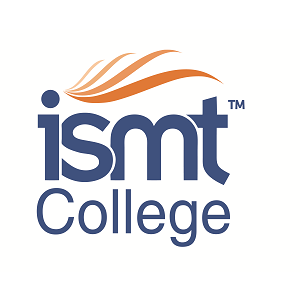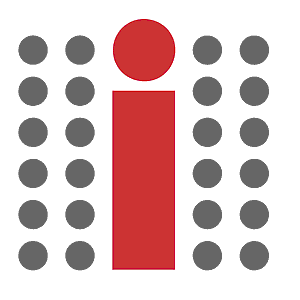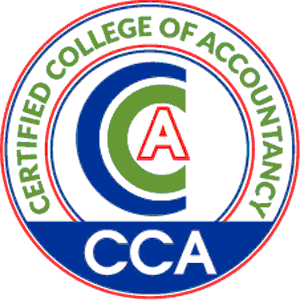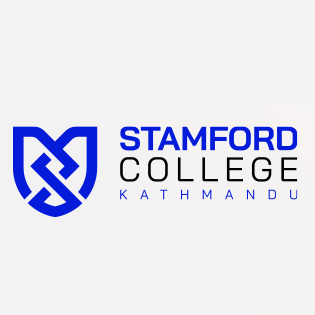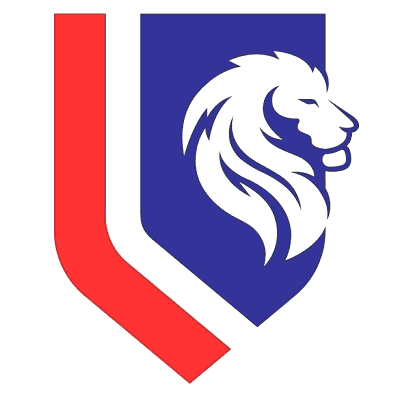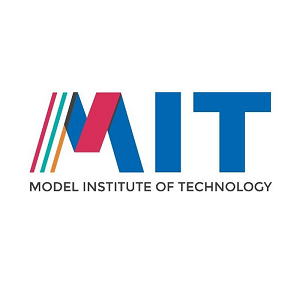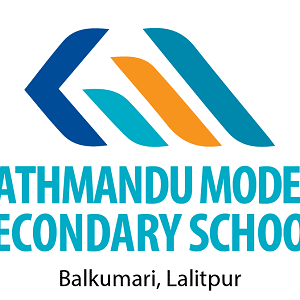Overview
BE Computer at Kathford College, Balkumari, Lalitpur (TU–IOE, 4 years)
BE Computer at Kathford College follows Tribhuvan University’s Institute of Engineering framework. The program focuses on computing architectures, algorithms, software engineering, operating systems, computer networks, databases, and embedded systems.
Students engage in applied projects that link code, documentation, and testing to real tasks. The college context supports semester-wise labs, demos, and reviews.
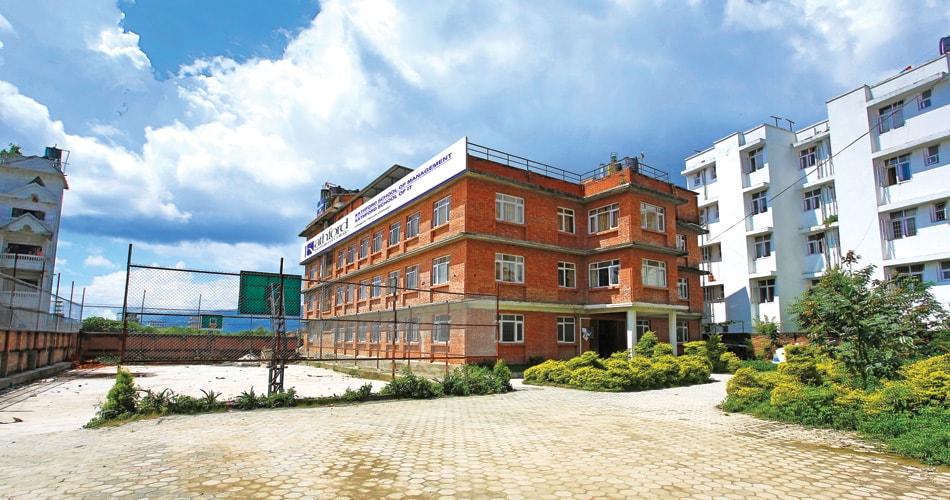
Affiliation: TU–IOE
Location: Balkumari, Lalitpur
Duration: 4 years (8 semesters)
Admission route: IOE entrance (merit based)
Highlights
-
Curricular authority: IOE sets syllabus, credit plan, and exam rules for BE Computer.
-
Practical cycle: Weekly labs, version control, mini sprints, and viva-style checks.
-
Hardware–software link: Embedded exercises that pair microcontrollers with simple firmware.
Curriculum Details
Initial semesters cover programming fundamentals, discrete mathematics, digital logic, and computer organization. Data structures and algorithms follow, along with probability, linear algebra, and signals basics where assigned.
Middle semesters include operating systems, computer networks, database systems, software engineering, and theory of computation. Labs introduce shell scripting, process management, basic sockets, transaction control, and test planning.
Later semesters extend to compiler hints, distributed systems, web and mobile platforms, and embedded systems. Students choose electives that may touch on graphics, cryptography foundations, or data-focused modules, subject to the plan in a given cycle. A final project and viva bring code, documentation, and results together.
Objectives
-
Develop programming depth through structured tasks, code reviews, and testable outputs.
-
Understand systems well enough to reason about performance, reliability, and constraints.
-
Build network and database sense to support small services and safe data handling.
-
Connect hardware and code using microcontrollers, simple sensors, and debugging tools.
-
Prepare for entry roles through project files, readme notes, and clean commit histories.
Scope
Graduates begin as software developers, QA assistants, network support staff, or database and system support. Students who enjoy embedded topics move toward firmware and device-level roles after more practice. A number of graduates join IT units in banks, telecom support teams, or small product groups.
Learning Outcomes
-
Programming: Write modular code, follow naming and formatting, and document assumptions.
-
Systems: Explain process vs. thread, memory and filesystem basics, and scheduling ideas.
-
Networks: Configure small services, check connectivity, and record latency observations.
-
Databases: Create schemas, write queries and transactions, and keep migration notes.
-
Software process: Use version control branches, issues, and releases responsibly.
-
Embedded practice: Read simple datasheets, handle I/O, and log results for debugging.
-
Project presentation: Prepare a concise demo, slides, and a repository others can run.
Skill Development Modules
-
Core CS: Data structures, algorithms, complexity awareness, and code testing.
-
Systems track: OS commands, process control, scripting, and container basics if offered.
-
Networks and security basics: Addressing, routing hints, service checks, and safe habits.
-
Database and data handling: Keys, transactions, indexing hints, and query plans.
-
Application layers: Web services, API documentation, and client-side notes.
-
Embedded and interfacing: Microcontrollers, timers, PWM, and sensor integration.
-
Professional skills: Issue tracking, code reviews, documentation standards, and short talks.
Teaching Methodology
Faculty run lectures supported by hands-on labs and small sprints. Teams rotate roles so every student writes code, reviews peers, documents changes, and presents a demo. Internal evaluation rewards readable code, working tests, and timely commits. TU examinations complete each semester under IOE regulations.
Admission Requirements
-
Eligibility: IOE criteria for BE entry (10+2 Science or equivalent with required subjects and grades).
-
Entrance: IOE computer-based test (CBT) is mandatory.
-
Selection: Merit-based placement subject to seat availability and campus procedures.
-
Documents: Academic transcripts, ID, photographs, admit card and result sheet, and completed forms.
Career Opportunities
-
Software development: Front-end, back-end, or full-stack trainee roles with code reviews.
-
QA and testing: Test cases, bug logs, and regression reports.
-
Networks and systems: Basic configuration, monitoring, and helpdesk support.
-
Database support: Schema changes, query help, and backup logs under supervision.
-
Embedded and IoT basics: Firmware tasks, device testing, and lab support.
-
Further study: Options in computer engineering, information systems, or related fields.
Scholarships and Financial Aid
Scholarship routes are shared during counseling. Categories often include entrance merit, internal performance, and need-based support. Students should confirm intake-year rules, renewal criteria, and document lists before deadlines.
Why Choose This Course?
BE Computer at Kathford follows TU–IOE rules while giving steady practice in code, systems, and documentation. Students learn to present small but reliable outputs that mentors and recruiters can run and review. A tidy repository and practical demo often make the difference during internships.
Conclusion
BE Computer at Kathford helps you convert theory into working programs and measured proofs. Good habits—clean commits, readable code, and honest testing—carry weight in every technical interview. Careful planning across semesters builds the base for your project and first role.
FAQ
Is the IOE entrance compulsory for BE Computer?
Yes. Admission depends on IOE’s entrance and merit lists.
How many semesters are there?
Eight semesters across four years.
Do students complete a major project?
Yes. A final project and viva demonstrate skills in design choices, coding, and testing.
Which tools should students learn early?
A version control system, a scripting shell, and a text editor or IDE help from day one.
Are embedded topics covered?
Yes. Embedded exercises introduce microcontrollers and simple device interfacing under the plan.


